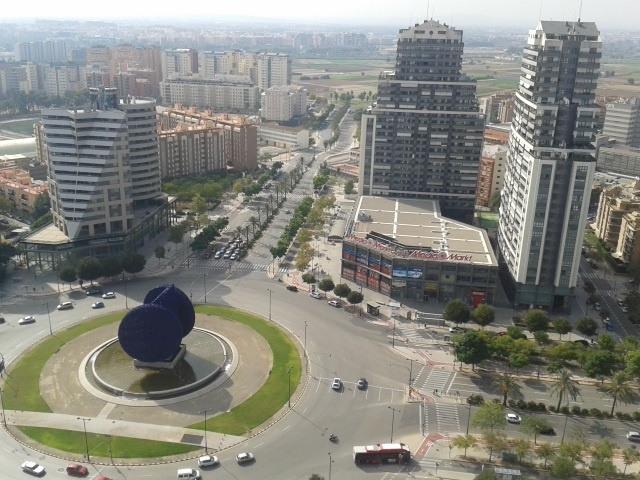
Uploaded on 2014-12-09 by Manualej
[1]: https://edxuploads.s3.amazonaws.com/14181465915210515.jpg "*Water, energy, transportation and health infrastructure are just thus crucial dimensions for the design of the future sustainable urban systems and the human habitat.*" This undeniable factor for sustainability provides the ability to understand another factor in this, which is the need public administration and some suppliers, especially energy, which can carry out such actions, even in situations not covered yet. Being compared the city with a human body, we can say that infrastructure is the backbone, the energy like electricity is what makes it work as signals sent by the brain systems responsible for each task operation and supervision of this, getting a system that is effective with the complexity proper organization. In a competitive market are efforts in developing R & D + i brought to market products and services with clear sustainable vocation and providing information to the end user and the professional sector, which may be cases pending to investigate compliance with the regulations such as the Kyoto Protocol. Advances in architecture and new concepts or means for sustainability will lead to good projects analyzed but with the requirement of a process overseen by the material and optimal capacity for execution. This development includes not only the search for an improved quality of life of citizens, but also the evolution of the city-nature relationship. This is because as the human body can not live without the intervention of nature, but their existence should not adversely affect, reducing it to a minimum.